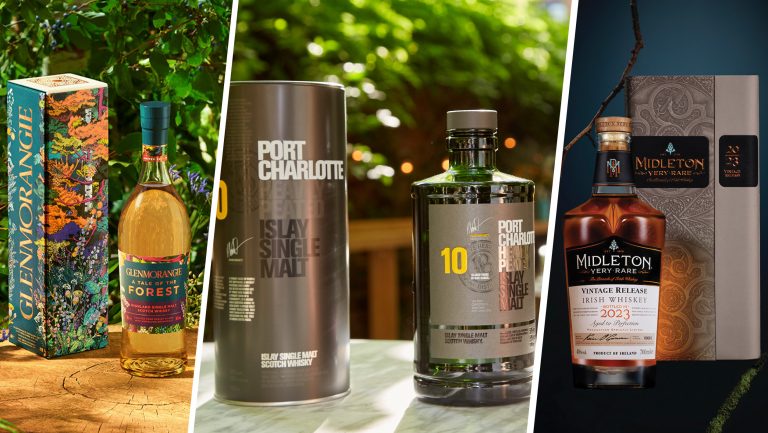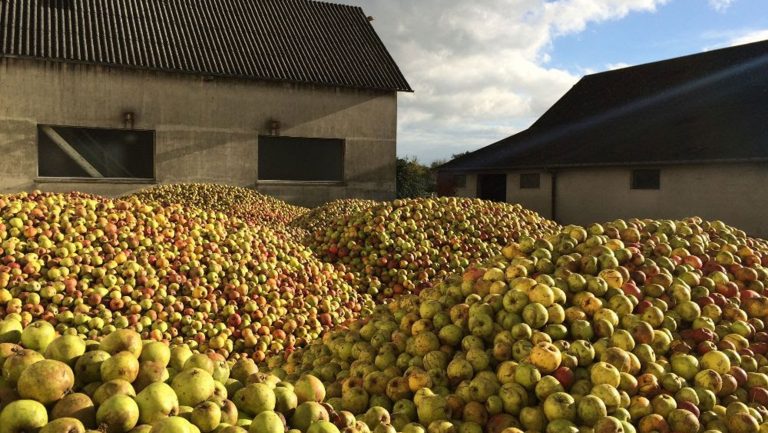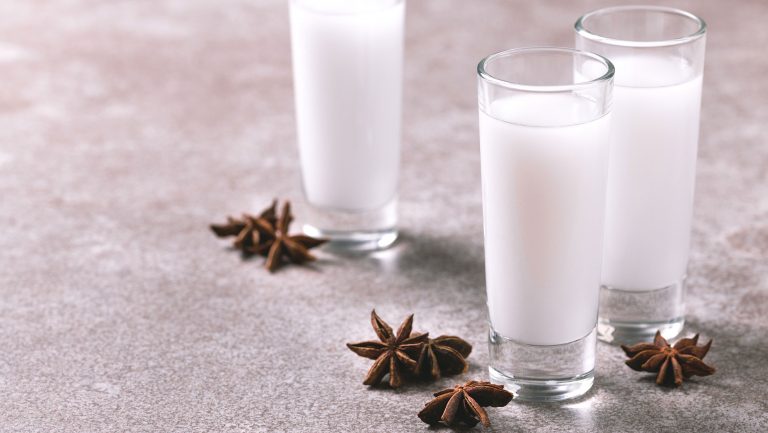The agave spirits section at Astor Wines & Spirits in New York City dominates a significant portion of a wall, which is stacked from floor to ceiling with more than 300 brands. Around a quarter of them fall outside the tequila or mezcal denominations. But what’s more impressive than the breadth is that the overall quality of these lesser-known spirits is consistently top-notch.
“I’ve never seen a time when a greater variety of agave spirits were available. Perhaps most importantly, the level of quality that is available, even as selection grows, remains extremely high on average,” says Nima Ansari, spirits buyer at Astor.
Led by the simultaneous tequila and mezcal booms, the combined category has grown faster than any other spirit category in the U.S., according to the Distilled Spirits Council of the United States (DISCUS). Moreover, mezcal hit 500,000 cases—a fivefold increase in five years—which has helped open the floodgates for more esoteric sister spirits such as raicilla, bacanora, and sotol.

Don’t miss the latest drinks industry news and insights. Sign up for our award-winning newsletters and get insider intel, resources, and trends delivered to your inbox every week.
Many of these spirits have been made for centuries, but until now, they were mostly unknown outside of their local regions. Growing interest in small batch and craft tequila has undoubtedly fueled this more diverse agave spirits fever.
Justin Lane Briggs, spirits specialist at Skurnik Wines & Spirits and designer of the agave-focused menu at New York City’s The Cabinet, notes, “Consumers are becoming more broadly informed, without a doubt. I see more familiarity with, and curiosity about, different [agave spirits]… I’m most excited to see people exploring place and terroir in their mezcals.”
The connection between terroir and agave flavor profile is becoming more widely appreciated. Even tequila giant Patron has joined smaller distillers in producing single- estate tequilas and has begun talking about the impact of elevation on flavor profile.
This cultish geekiness around the category has allowed importers to feature producers that use traditional methods and reclaim ancestral techniques, which include the subcategory of pechugas—spirits with fruits, rice, spices, and meat introduced during the second or third distillations.
Here, we take a look at the growing subcategories of agave spirits and how they fit into the larger league.
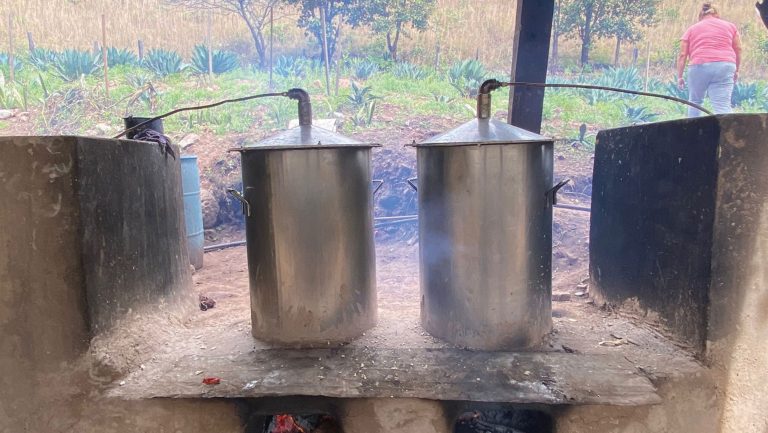
Raicilla: Jalisco’s Other Agave Spirit
Raicilla is a traditional agave spirit from Jalisco whose production is in line with artisanal mezcal, but it has not been encompassed by the official denomination of origin. Raicilla has gained momentum in the U.S. with more brands, including Estancia and Mezonte, now widely available.
Raicilla has been around for centuries, but it was eclipsed by its more popular neighbor, tequila. There are two main raicilla regions within the state of Jalisco, one in the mountains (sierra) and one on the coast (costa), each with regional variations on agave varieties, fermentation style, still materials, and other production characteristics.
Flavor profile is highly dependent on region, variety, and production methods. Clayton Szczech, the Mexico-based operator of Experience Agave who’s been involved in the agave spirits culture of Jalisco for more than a decade, notes, “While I’m reluctant to generalize, I would say that raicillas from the sierra tend to be more lactic and less smoky, and those of the coast tend to be more citric, tropical, and somewhat earthy.”
Production can differ significantly by region. Coastal raicillas are often made by cooking agaves using in-ground pits, while the mountain regions typically use above-ground clay ovens. Wild yeast fermentation is the rule in both regions, but distillation on the coast is usually done with a still that incorporates wood or clay, whereas steel is more common in the mountain region.
In June 2019, an official Denomination of Origin went into effect for raicilla; before then, it was self-governed by a conglomerate of producers. Some brands are considering not participating in the D.O. because it deviates from the traditions of this centuries-old spirit. Brands such as Las Perlas believe that the D.O. legitimizes the category; co-owner Nikhil Bahadur admits that there are flaws, but he is hoping to iron out the kinks from within the system.
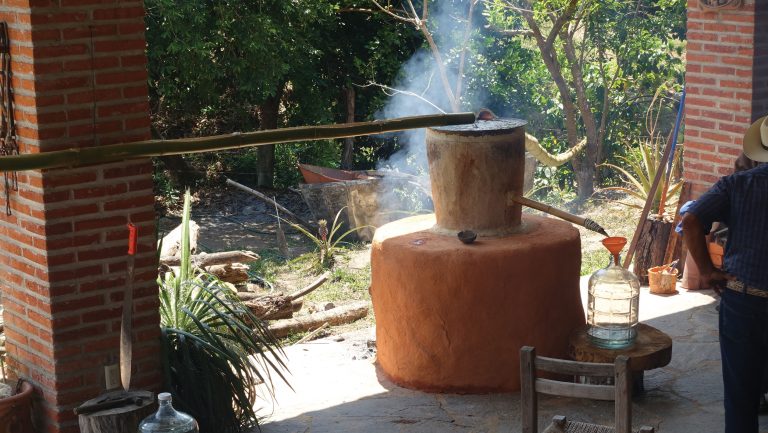
Bacanora: Sonora’s (Now-Legal) Ancient Spirit
Bacanora has a heritage of at least three centuries, but it was illegal to make until 1992. This agave spirit finally got a denomination of origin in 2000, taking its name from the town of Bacanora, although it is made throughout the border state of Sonora. Production is similar to artisanal mezcal, but with an enterprising spirit that often includes the use of unconventional materials.
Like tequila, bacanora can only be produced with one agave variety: pacifica, also known as yaquiana. This particularly hearty agave ripens in as little as six years in the hot and arid climate of Sonora. The production of bacanora is similar to other agave spirits, with in-ground cooking, varied crushing methods (including by hand and machine), and wild yeast fermentation. Because of the clandestine history of production, alternative and sometimes downright strange materials, including plastic fermentation tanks, can be part of the process. Similarly, stills are often crafted out of unconventional materials, as Bryant Joel Orozco, a Los Angeles bartender whose family has produced bacanora for generations, explains: “They had to use whatever they could get their hands on, so car radiators would be repurposed into a condenser, and what we would know as pot stills would really be oil drums.”
Because the production relies on just one agave variety, bacanora lends itself to general flavor descriptors better than most other agave spirit categories. Ivan Vasquez, owner of Los Angeles’s Madre Mezcaleria, weighs in: “Bacanora has alluring flavors: dry, complex, and peppery with an earthy and low mineral flavor finish.” There’s slow but steadily growing interest in bacanora, so only a few bottles are available in the United States. Rancho Tepua is one brand with consistent availability, while Yoowe, Santo Cuviso, and Sunora Bacanora are available on the West Coast.
Sotol: The Slow Growing Desert Spoon
Sotol is made like other traditional agave spirits, but the source material itself is the dasylirion plant family. Similar to agave, dasylirion is a close cousin with key differences, which include a 10- to 15-year maturity time. It’s common in some areas to make a spirit from both agave and sotol plants in one batch.
Until recently, the spirits industry did not differentiate between sotol varieties, though like agaves, there are varietal differences. It’s becoming more and more common to see the breakdown of dasylirion varieties (such as wheeleri, leiophyllum, and cedrosanum) included on bottle labels. Shad Kvetko, co-owner of Almas Rotas Mezcaleria in Dallas, muses about the flavor profiles of sotol: “From the green piney notes in a wheeleri to the earthy petrichor and leather of a leiophyllum, the earth, the climate, and the hand of the maker all play an important part in the final flavor profile.”
Sotol production is limited to Durango, Chihuahua, and Coahuila. Sotol has its own denomination of origin, but it isn’t officially recognized by the United States, which opens the door for gray areas, such as one producer of “Texas Sotol.” Demand and supply of sotol have been healthy over the past five years, with more than a handful of brands, including Flor Del Desierto, Clande, Fabriquero, and Sotol Por Siempre, available.
Destilado de Agave: An Expanding Category of Undefined Agave Spirits
There are dozens of other subcategories of agave spirits with unofficial designations. They’re prohibited from using the term mezcal for political reasons, although their traditions may date back many generations. Often, these fall under the generic umbrella of Destilado de Agave. Chacolo, the newest offering from Heavy Metl, is an example; the company is lawfully prohibited from calling its spirit tequila or mezcal, even though it’s a traditional product from Jalisco. “The growing availability of Destilados de Agave makes accessing more unusual distillation traditions possible,” says Briggs.
Some brands—such as Cinco Sentidos, Rezpiral, and MalBien—that are within their legal rights to use the term “mezcal” are eschewing it to shed the additional restrictions and costs that come with certification.
Within the state of Jalisco alone there are category-defying offerings such as Siembra’s Tequila Ancestral, a tequila produced like a traditional mezcal, and Balancan Tuxca, which comes from the border of Jalisco and Colima, which is considered to be the birthplace of agave spirits.
Comiteco is another niche agave spirit from the southern state of Chiapas, but it’s not at all like a mezcal. The basis of all mezcal is the cooked agave. Comiteco is made by distilling aguamiel, the sap of the agave, which has been fermented with piloncillo. Comitecos available in the U.S. are 9 Guardianes (blanco and anejo) and D’Antano.
“I believe the only way we can keep the traditional alive is for us to educate the public about them and continue to educate ourselves,” shares Vasquez.
With seemingly infinite variations in regional styles, production quirks, and heritage shrouded in mystery, the agave spirits category is alluring, as Briggs notes: “It’s encouraging to see beautiful and once-ignored agave spirits demand the same kind of respect as rare bottles of aged grain alcohol from Kentucky or Indiana.”

Dispatch
Sign up for our award-winning newsletter
Don’t miss the latest drinks industry news and insights—delivered to your inbox every week.
Tess Rose Lampert is an agave educator who’s had a lifelong passion for Mexican culture. She has traveled extensively throughout Mexico to learn about agave spirits from the families and communities that produce them and has brought back their knowledge and wisdom to share with other enthusiasts.




